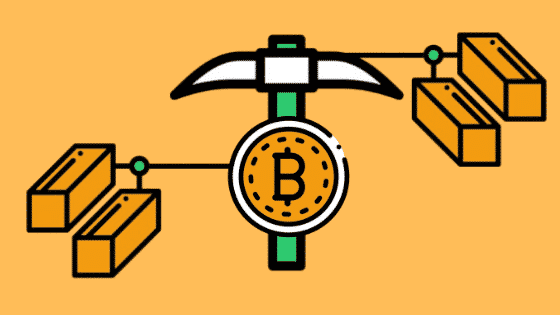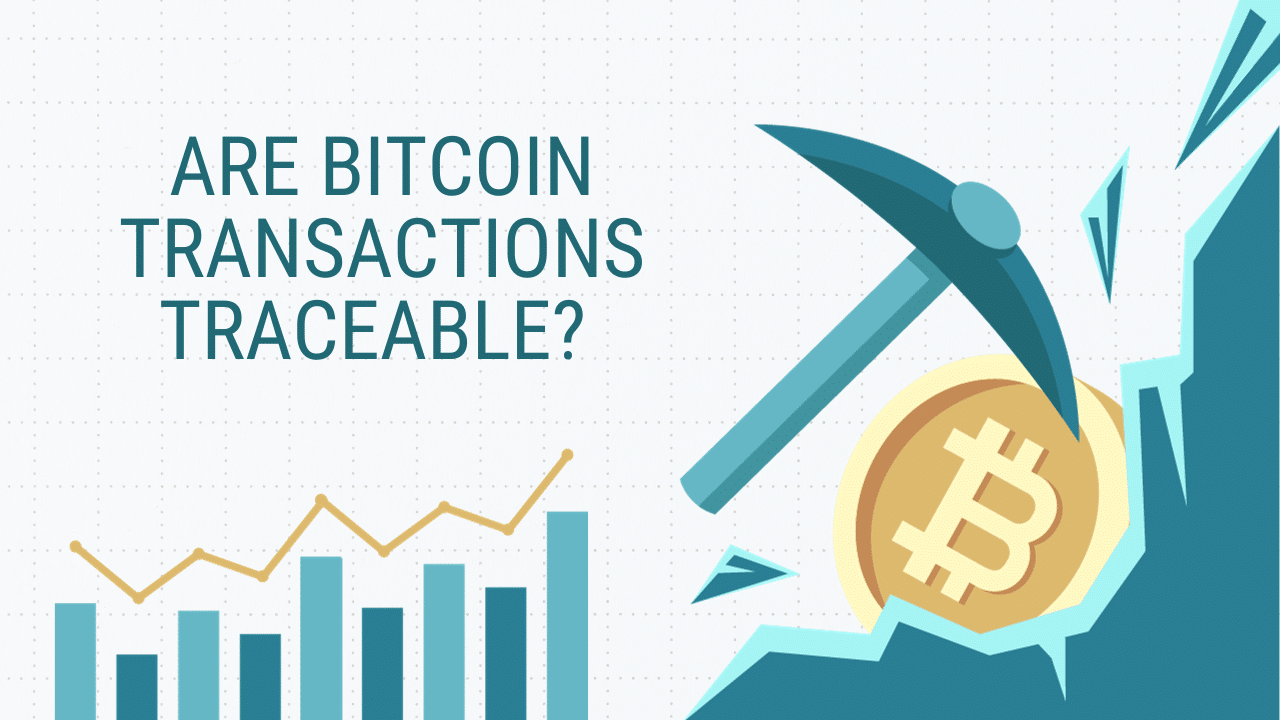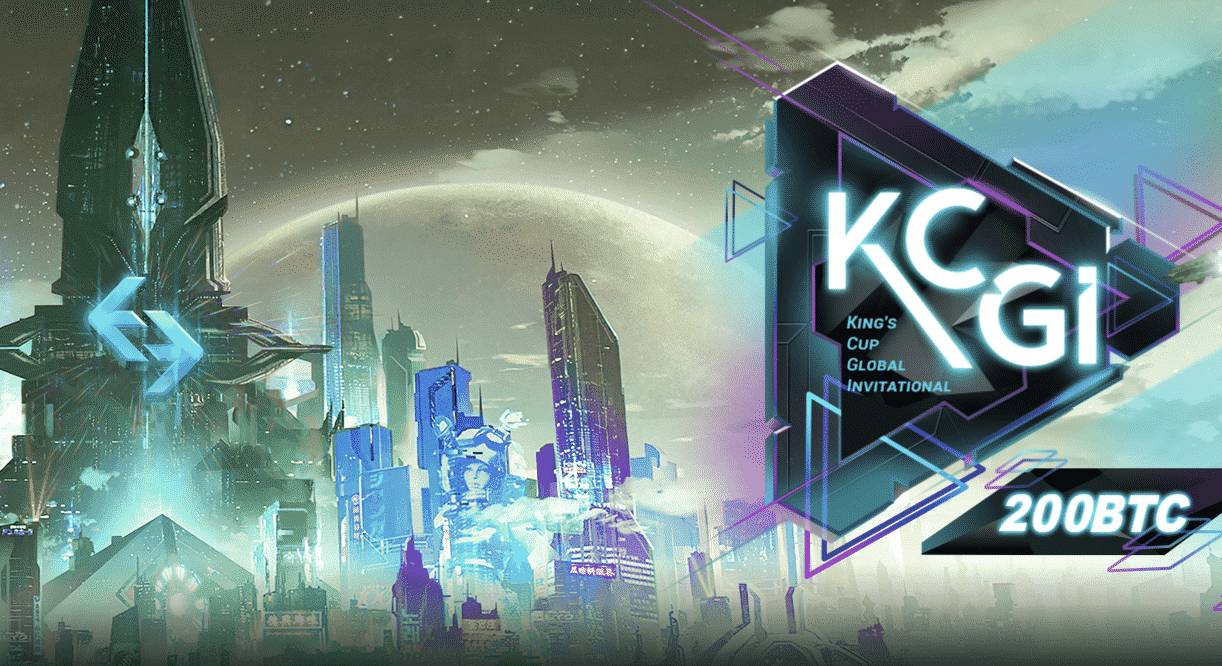 Navigation
Navigation

How Many Bitcoins are There? – 85% of the world’s Bitcoin has been mined
|
|
The popularity of Bitcoin is tied to the fact that its limit is capped at 21 million bitcoins in total. The original blockchain cannot mint new coins nor burn existing coins in the supply. The only way new coins are created is through mining however, even with time, the amount of bitcoin released via mining decreases until it reaches its cap.
In this guide, we will look into how many Bitcoins are there, understand what limits are placed on Bitcoins supply, the purpose behind it and the current count of Bitcoins in circulation and of course, some speculations as to what entails beyond the end of Bitcoin’s supply. Let’s dig in.
How many Bitcoins are currently in circulation as of 2020?
There were 19,124,681 bitcoins in existence as of August 2022. At that moment, there were 1,875,319 left to be mined before the limit of 21 million bitcoins is reached
However, not all of them are actually usable. Among those 18 million, approximately 4 million bitcoins are lost whereas, around 1 million were stolen in various hacks and heists such as that of through Mt. Gox. That leaves us with 13 million bitcoins. Well hold on, do not forget the “Whales”! Whales are people who own a huge number of bitcoins stashed away in their wallets. Among these whales is the founder of Bitcoin, Satoshi Nakomoto, whose public address is home to about 1 million bitcoins which are roughly worth 10 billion US dollars.
As of today, about 5 million of bitcoin belong to around 1600 whales. That’s about 28% of the total circulation. After taking away all these unreachable coins, bitcoins left with a mere 44% of the total technical bitcoins in existence. That’s about 8 million in total.
TDLR
- The maximum total supply of Bitcoin is 21 million.
- The number of Bitcoins issued will likely never reach 21 million due to the use of rounding operators in the Bitcoin codebase.
- When the Bitcoin supply reaches its upper limit, no additional bitcoins will be generated. Bitcoin miners will likely earn income only from transaction fees
What are Limits on Bitcoin Circulation?
By design, the bitcoin blockchain is built to only release a fixed number of bitcoins and that through as well through mining. With time, the rewarded bitcoins are halved, and this process is known as bitcoin halving. At the time of inception, among the first-ever blocks that were mined, the block reward stood at a whopping 50 BTC. However, at that time, it had merely any monetary value associated with it.
The mining reward is structured to decrease after every 210,000 mined blocks. Since the combination of block difficulty and solving time is somewhere around ten minutes, therefore, it takes around 4 years to reach the halving point. Based on these calculations, every four years, the reward is cut into half until there is essentially no reward for bitcoins. That is, in about 120 years from now, in the year 2140, the nodes will have effectively mined all 21 million bitcoins reaching the maximum supply.
How long does it take to mine 1 Bitcoin?
On average, one Bitcoin is mined every 10 minutes, and the rigs involved in creating a new block split the reward amongst themselves. Currently, this reward is currently set at 12.5 Bitcoin but will change due to halving. The speed of mining depends very much on the equipment you are using
Where do We Currently Stand with Bitcoin Circulation and Mining?
Currently, in 2020, the mining rewards is set at 12.5 BTC per block mined. Since the launch in 2008, it has halved two times already in 2012, 2016 and now set to half in July of this year reducing the reward further to 6.25 BTC per block that is mined.
Currently, the total mined bitcoin or in existence is somewhere around 18 Million. That’s a huge quantity and very much close to the cap of 21 million. This means we have mined over 85% of the total supply of bitcoins already. But since the reward decreases over time, therefore, the remaining 20% will be spread over the next 120 years whereas, the early 80% was mined in a span of a mere 12 years!
Since a new block is added every 10 minutes to the blockchain, and each block as of now produces 12.5 BTC, therefore, everyday 1800 Bitcoins are being minted or mined. The calculation of per day mining is pretty simple. We know, there are 60 minutes per hour and 24 hours per day giving a total of 1440 minutes and since it takes 10 minutes to mine one block, therefore, in a day 144 blocks are mined.
24 * 60 / 10 = 144 BLOCKS MINED
To calculate the current per day mining rate, you just multiply 144 by the current reward size. We get 144 * 12.5 = 1800 Bitcoins mined per day! This means per year, we mined 657,000 BTC and after the halving in June, this rate will reduce to 900 per day and 328,500 BTC mined per year.
Why do These Limits Exist Anyway?
You might find yourself wondering why Satoshi Nakomoto thought it would be good to limit the supply of Bitcoins. The concept behind this is to establish an automatically adjusted balance of supply and demand. The concept of Bitcoin emerged as a strong opposition or more so a remedial structure of transactions to the centralized banking system. One major flaw of the conventional banking system is the ability of the bank to curb or dilute the supply of money in the market, therefore, controlling the purchasing power, inflation and economic conditions along with it.
Bitcoin, on the other hand, aimed to establish a decentralized form of a network where no entity could influence in of itself the supply of the bitcoins, therefore, creating an automatically adjusting supply of bitcoins through capped supply and diminishing rewards.
Let’s take loan proof by contradiction to prove our point here. If for instance, the supply was not capped, the chances of bitcoin gaining substantial rapport as a store of value and investment vehicle would not have been possible. In fact, given its infinite supply, people would have continued to mine as much as they want. Similarly, if the supply was indeed capped but the mining block reward did not decrease geometrically, but rather remained constant, it would have taken merely 8 years for the supply cap to have reached. Keep in mind, that currently, it’s been 12 years since its inception and now the general adaption is coming closer to reality. Had it ended in 8 years, the early adopters would have mined all the BTC and left nothing for the rest of the enthusiasts, slowly killing the idea of digital currency along with it.
So, to put things into perspective, Satoshi Nakomoto definitely did put in great thought into selecting the right timeframes, declining the mining rate and choosing to put a finite limit on the supply for Bitcoin. Now you may ask, the code is open-source, someone can just tweak that limit. Well, it’s not that easy. You can change the supply but if the majority of the nodes do not accept the change, it will result in hard fork, leading to some or most of the nodes choosing to stay with the original chain and the new forked chain ultimately dying out due to lack of interest.
Furthermore, if someone were to maliciously attempt to forge bitcoins, that is something that will not end well either. Since at each time, it is possible to correctly estimate the number of bitcoins in circulation (thanks math!), any additional coin added to the supply will stand out and be easily traceable to not-from-the-block origins. So, yes. It is not that easy to just change the code. As the network grows, it just gets exponentially harder to do so.
What happens when all Bitcoins are mined?
There are many speculations regarding that. With every halving as well, technically the worth of circulating bitcoins left tends to spike, indicating a rush of interest in the ever-declining supply of BTC, However, an ultimate end to the reward mechanism may have interesting implications.
Once all the bitcoins have been mined, transaction fees will be the sole source of income for miners. The main concern, then, is whether or not transaction fees will be enough to keep miners financially afloat.
Since rewards are (partially) what motivates a node to continue to validate transactions apart from mining fees, it is among the speculation that miner concentration may reduce or adversely, the mining fees may increase discouraging users to continue to transact in BTC.
Conclusion
However, it is not necessary that the end of supply must mark negative consequences. With a known limited supply of the cryptocurrency, it can appreciate in value and become a safe-haven investment falling in the basket of investment vehicles like gold and other precious metals. It is also possible that developers might agree to unanimously increase the supply to maintain the stability of the network.
It sure is a farfetched thought, over 120 years to be exact, to speculate on the situation that would arise because of depleted supply of Bitcoin, but it definitely gives rise to interesting theories. What are your thoughts?








